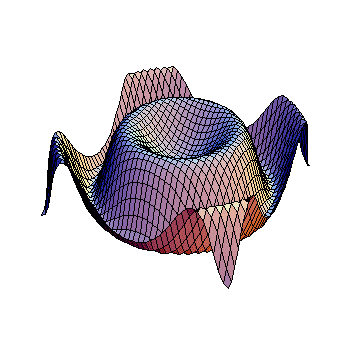Is #f(x)=(x+3)(x-3)(3x-1)# increasing or decreasing at #x=2#?
2 Answers
Like all functions it is constant at a value in its domain. Its derivative is continuous and positive at
Explanation:
# = 9x^2-2x-27#
Therefore,
The function is growing.
Explanation:
And now, using logs, to round out the set
Take the log of both sides
Use log properties
Differentiate both sides
Multiply both sides by
Put in,
The function is growing.


